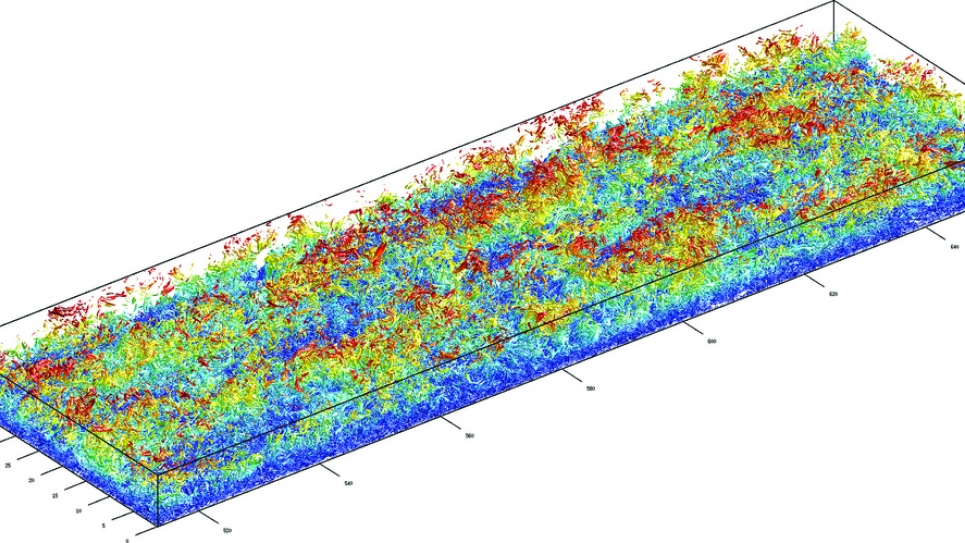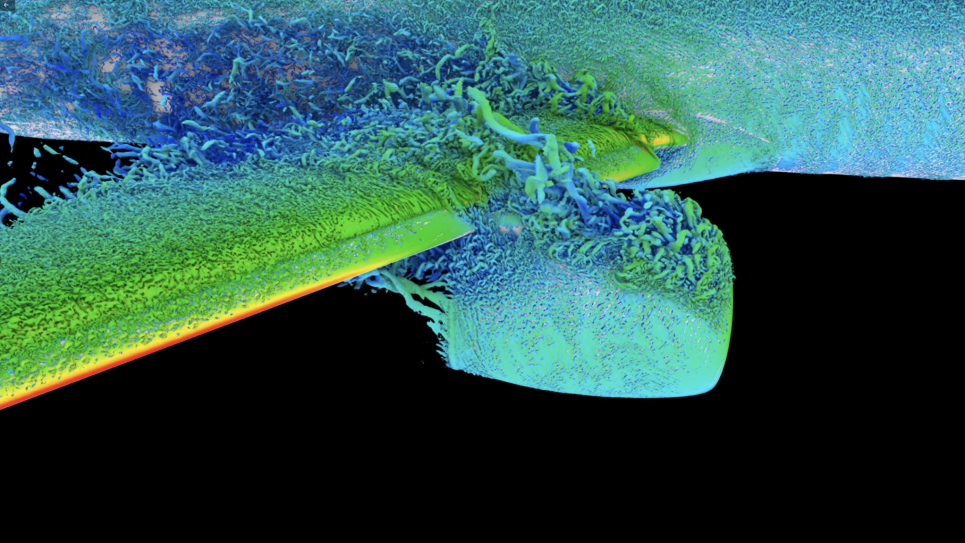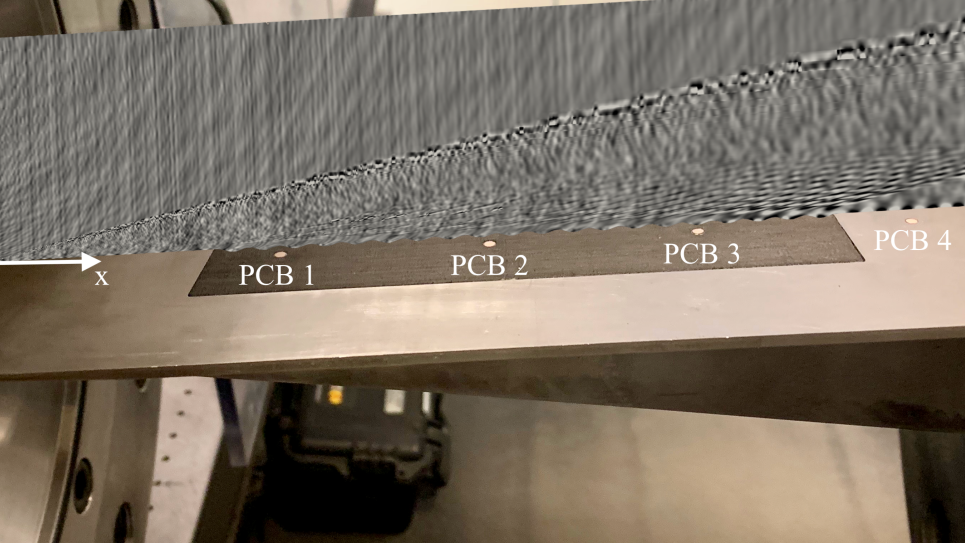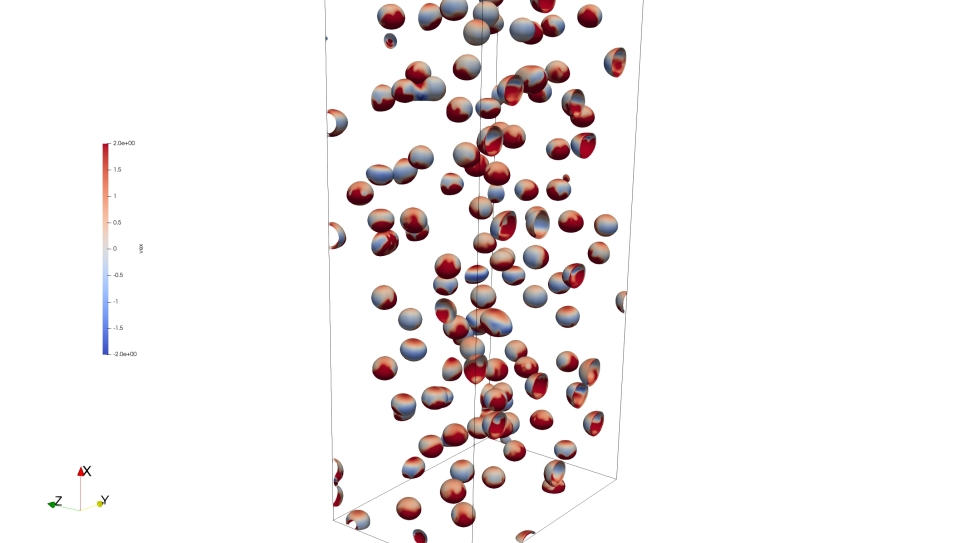
Simulation of High Reynolds Number Turbulent Boundary Layers
Simulation of High Reynolds Number Turbulent Boundary Layers is aimed at performing direct numerical simulations (DNS) of high Reynolds number turbulent flow in a boundary layer. Boundary layers are central to the energy losses inherent in transportation, which accounts for approximately 28% of US energy consumption. This energy expenditure is due to the interaction between solid surfaces (of vehicles or pipes) and the fluid flowing past them, leading to drag and the dissipation of energy by turbulence. Since much of the drag in these flows is due to turbulent skin friction, much of this energy consumption is caused by turbulent shear layers. Engineering developments to reduce drag and energy consumption are greatly impeded by the lack of accurate models of the turbulence phenomena involved.
DNS at the Reynolds numbers proposed here and the subsequent analysis of the resulting data can provide the insights needed to develop such models, as well as new concepts for improved vehicle design. A spatially-growing turbulent boundary layer with zero pressure-gradient over a flat plate has already been simulated in a large box, at Reynolds numbers up to Re= 2000. This has provided preliminary insights on the difference between internal (pipes or channels) and external (boundary layers) turbulent flows, particularly on the effect of large-scale intermittency on the turbulent structure of the outer edge of the turbulent region. Final clarification of the physics requires increasing the Reynolds number, because the range of scales of the previous simulations were insufficient to differentiate between inner and outer scales. Previous experience with turbulent channel simulations (Re = 550 ‚àí 2000) is that the minimum Re needed for reasonably definite conclusions is about 1800, while the present boundary layer has a maximum Re = 700. Therefore, the objective of this project is to increase the Reynolds number by about a factor of 3, to achieve the same flow quality as in the channels. Approximately 40% of this simulation has been performed under the current INCITE grant, an extension would provide sufficient time to finish the current simulation as well as performing preliminary post-processing of the results.


